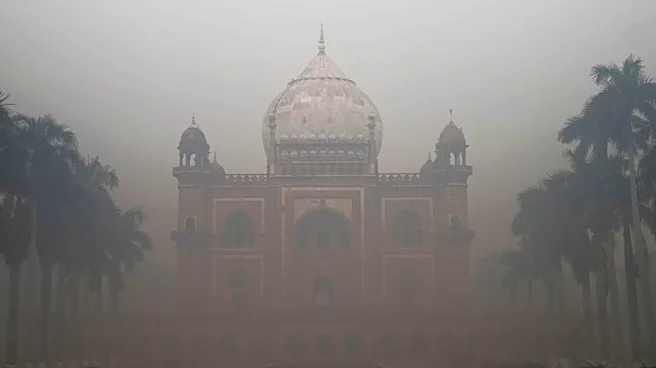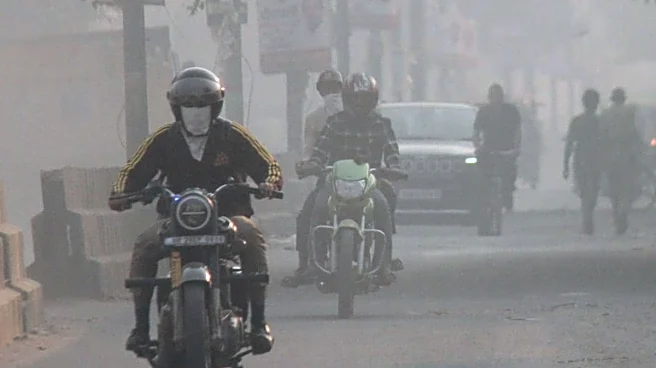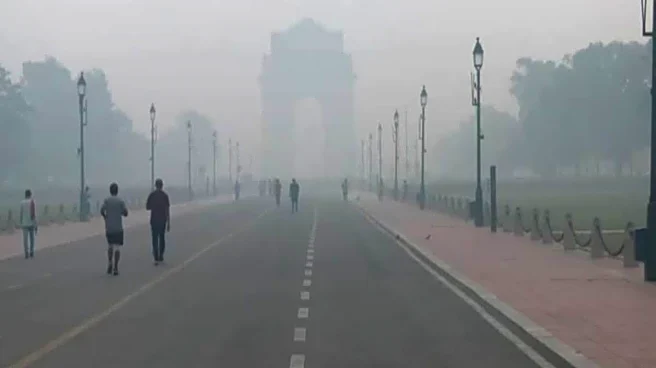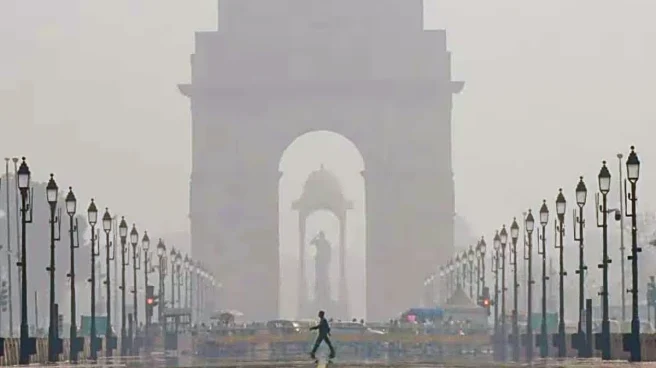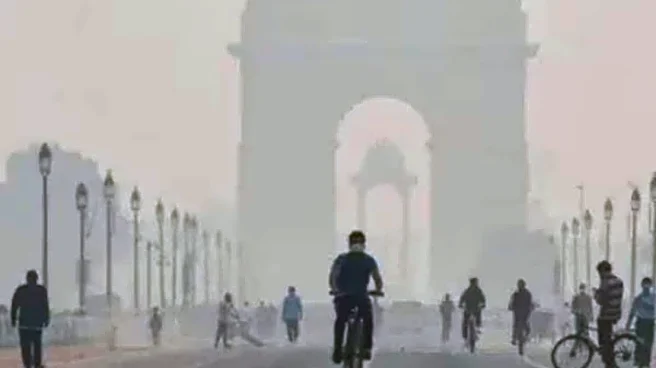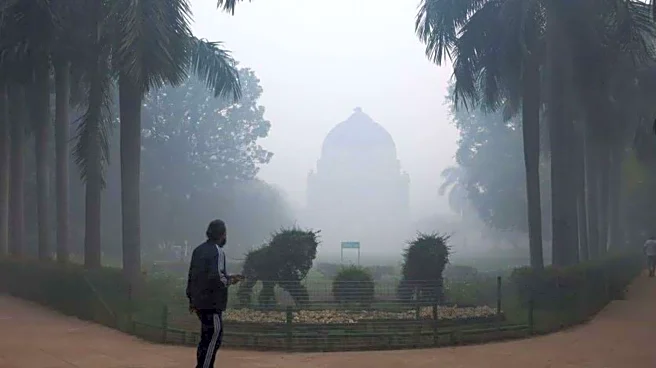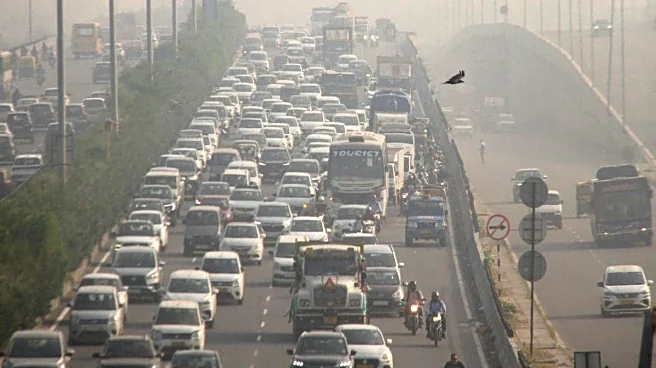Delhi woke up to another day of toxic air as the Air Quality Index (AQI) around Akshardham touched 360, falling in the ‘Very Poor’ category, according to data from the Central Pollution Control Board (CPCB) on Wednesday morning.
The city continues to grapple with rising pollution levels as stubble burning, vehicular emissions, and stagnant weather conditions worsen air quality. Health experts have advised residents, especially children and the elderly, to limit outdoor activity.
Several areas recorded alarming Air Quality Index (AQI) levels around 380, placing them in the ‘Very Poor’ category. According to data recorded at 6:15 AM, Ashok Vihar, Bawana, and Dilshad Garden were among the worst-affected zones. Most monitoring stations across the city
reported AQI between 300 and 400, while a few locations such as DTU, IGI Airport, and Lodhi Road fared slightly better, with readings in the ‘Poor’ range, below 300.
In view of the worsening situation, the Commission for Air Quality Management (CAQM) has continued enforcement of Stage 2 of the Graded Response Action Plan (GRAP), which was imposed on October 19. The measures include daily mechanical and vacuum sweeping of major roads, water sprinkling to control dust, and stricter monitoring of construction and demolition (C&D) sites to ensure compliance with dust control norms.
VIDEO| Morning visuals from outside Akshardham temple in Delhi. (Full video available on PTI Videos –https://t.co/n147TvrpG7) pic.twitter.com/Z4vJK0cDqW
— Press Trust of India (@PTI_News) October 22, 2025 " rel="nofollow">http://VIDEO| Morning visuals from outside Akshardham temple in Delhi.
— Press Trust of India (@PTI_News) October 22, 2025
(Full video available on PTI Videos –https://t.co/n147TvrpG7) pic.twitter.com/Z4vJK0cDqW
The Commission has also directed authorities to increase parking fees, boost public transport frequency, and ensure uninterrupted electricity supply to minimise the use of diesel generators (DG sets).
In an official statement, the CAQM said, “Ensure water sprinkling along with use of dust suppressants (at least every alternate day, during non-peak hours) on roads to arrest road dust, especially at hotspots, heavy traffic corridors, vulnerable areas and proper disposal of dust collected in designated sites or landfills.”
